AARP Hearing Center


Hot flashes and night sweats are perhaps the most common symptoms of menopause, but they’re definitely not the only ones. In fact, many menopause symptoms are not as widely known or shared.
Research from AARP found that women can experience as many as 28 menopause-related symptoms. Yet few of the women surveyed knew the transition was to blame for the symptoms. Muscle and joint pain, memory problems and changes in mood are just a few of the lesser-known symptoms that typically begin in the late 40s and early 50s, says Dr. Ekta Kapoor, an endocrinologist and menopause specialist at the Mayo Clinic in Rochester, Minnesota. And she says these can be “quite prevalent and have a high degree of bother to the patients.”
That said, it’s important to see a doctor rather than assume any new or worsening symptoms are due to menopause, as they could signal another condition, says Dr. Stephanie S. Faubion, a professor at the Mayo Clinic and the director of its Center for Women’s Health in Jacksonville, Florida.
Effects of menopause
AARP research finds that 49 percent of female workers age 35 and older say menopause has negatively impacted their lives. The most bothersome symptoms for 24 percent of the women in the study are mood changes; 22 percent say hot flashes or sweats are the most bothersome.
These 12 symptoms of menopause are often overlooked.
1. Aches and pains
This is the most important and unknown side effect, says Dr. Mary Jane Minkin, a gynecologist and menopause specialist at the Yale School of Medicine in New Haven, Connecticut. In many parts of Asia, achiness is the top menopausal complaint, she notes, while the most common complaint in America is hot flashes.
Kapoor says that some women report breast pain during menopause, which can also be from hormone therapy (HT). The Cleveland Clinic reports women are more likely to experience breast pain during perimenopause. Breast density can also decline as a result of the menopausal shift, which is quite common.
Some patients report joint pain, too, says Dr. Arina Chesnokova, an assistant professor of obstetrics and gynecology at the Hospital of the University of Pennsylvania in Philadelphia. Estrogen has anti-inflammatory effects, so when it decreases, it could lead to pain in joints all over the body, the Arthritis Foundation says.
2. Bladder-related disruptions
Vaginal dryness is a common symptom, but Minkin says urinary symptoms can occur hand in hand around the time of menopause.
“They get infections, urinary leakage and frequency, which are quite often related to the loss of estrogen to the vagina and the bladder,” Minkin says. These are known as genitourinary symptoms. Inserting vaginal estrogens can help alleviate these symptoms, and Minkin says they are safe for almost all women.
Other menopausal urinary issues can include urgency and a rise in urinary tract infections, Chesnokova says.
3. Cognitive difficulties
Brain fog is a known symptom of menopause, but particular cognitive issues like verbal memory, learning and executive function (the ability to manage, organize and execute) are thought to be more sensitive to estrogen loss, according to a 2021 report in the World Journal of Psychiatry.

































































)
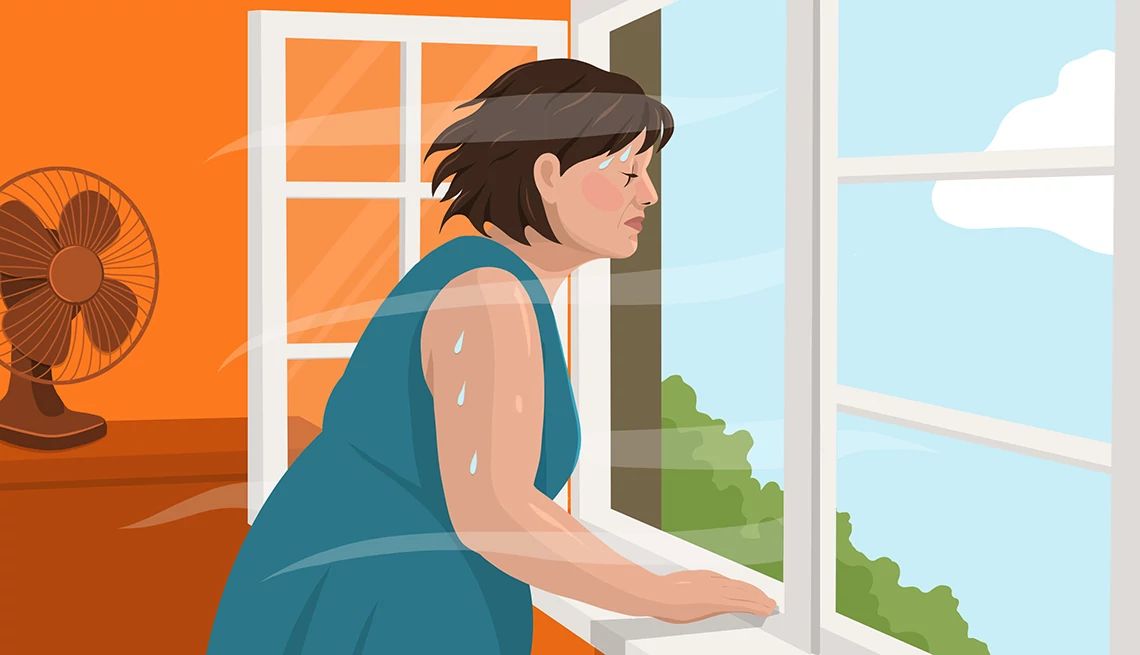


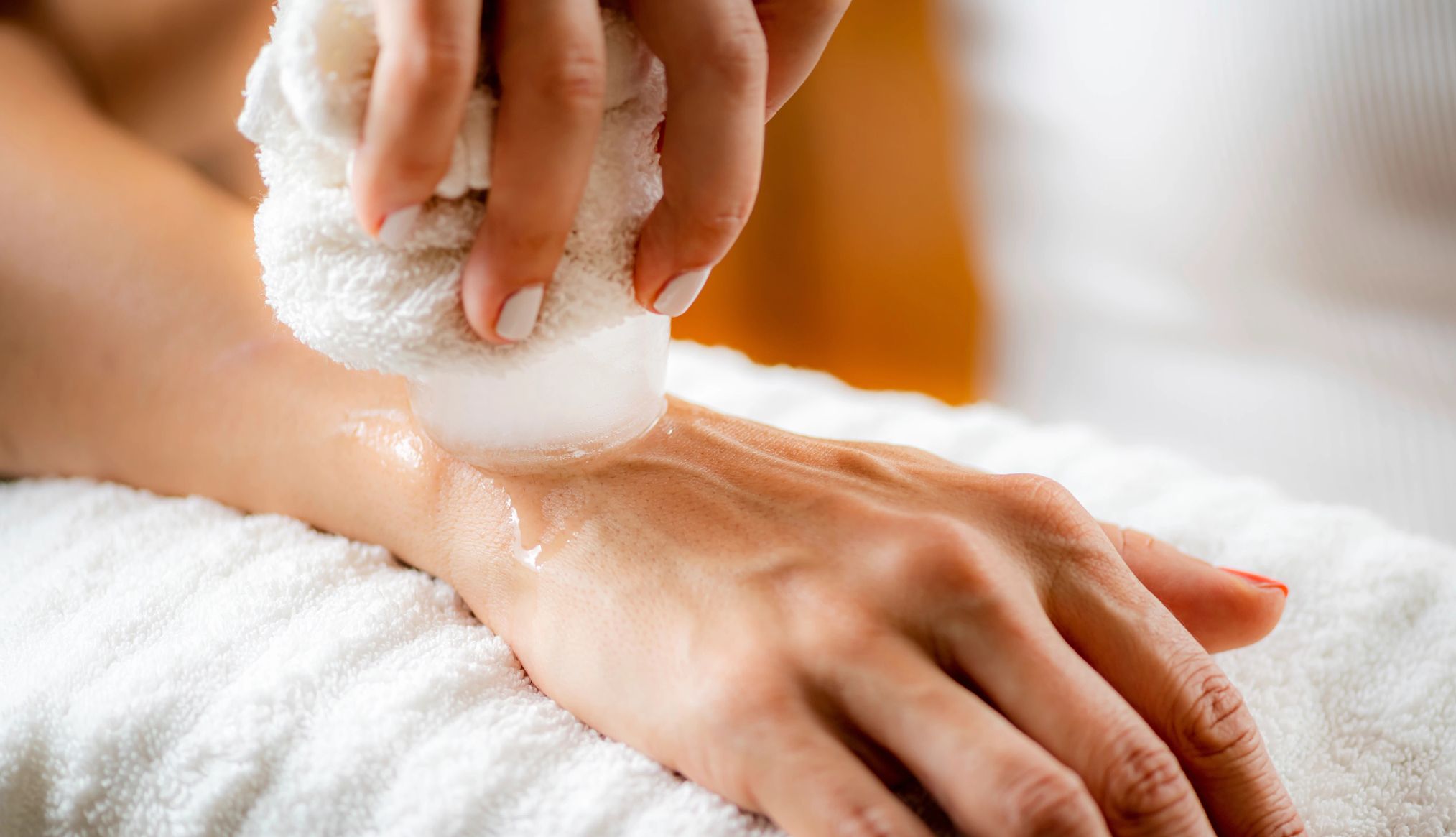

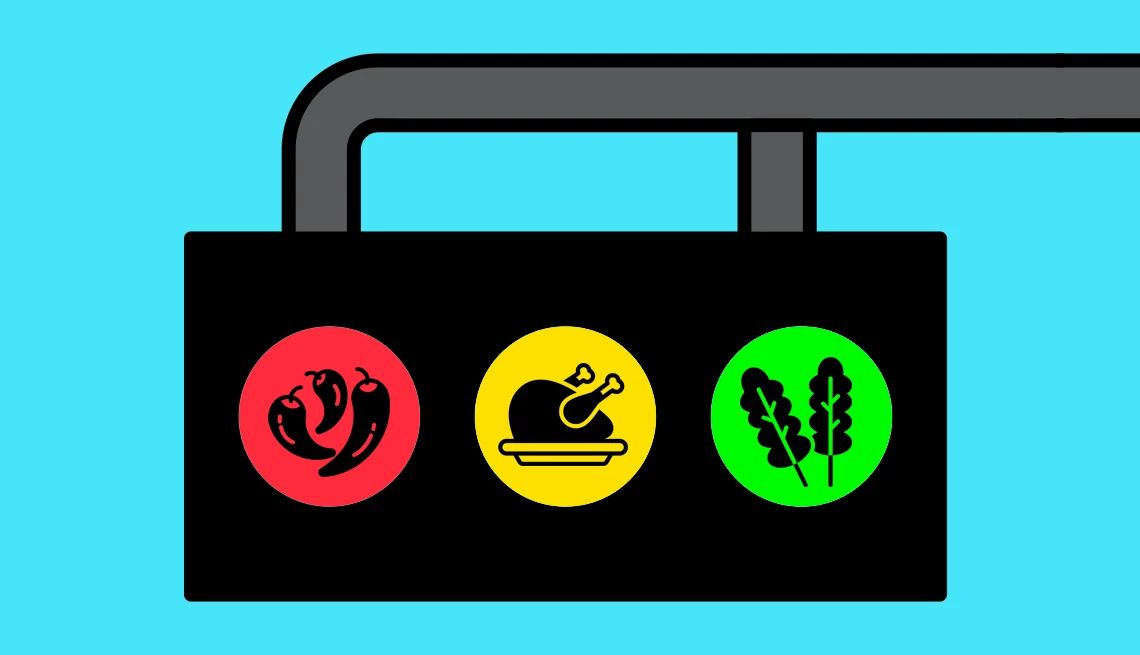
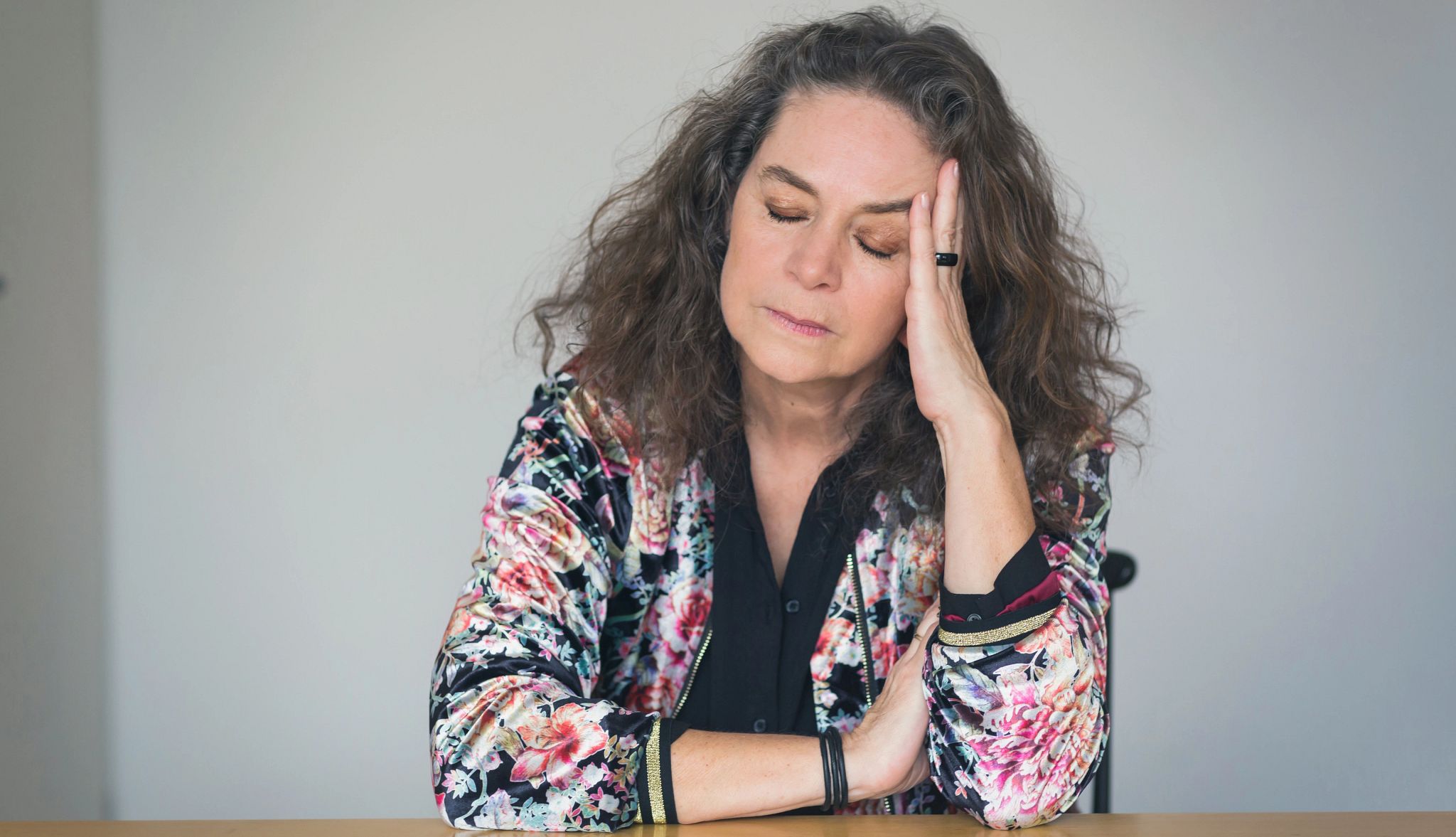
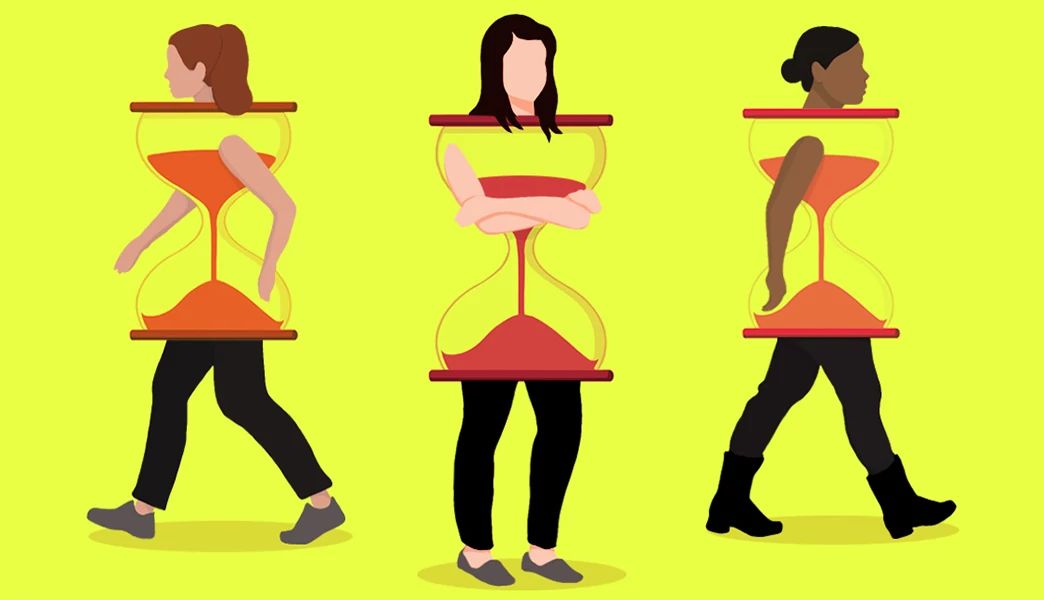


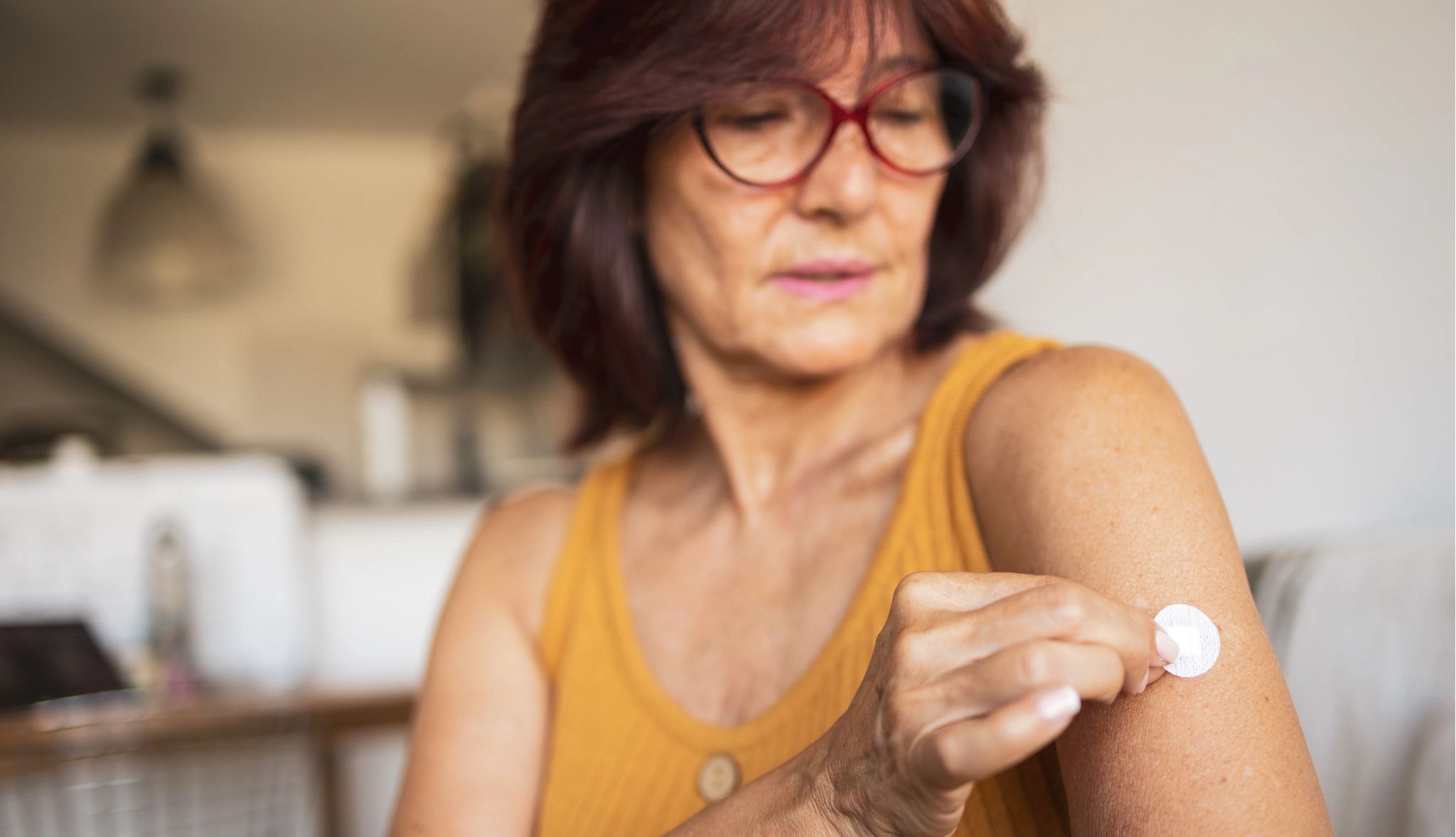
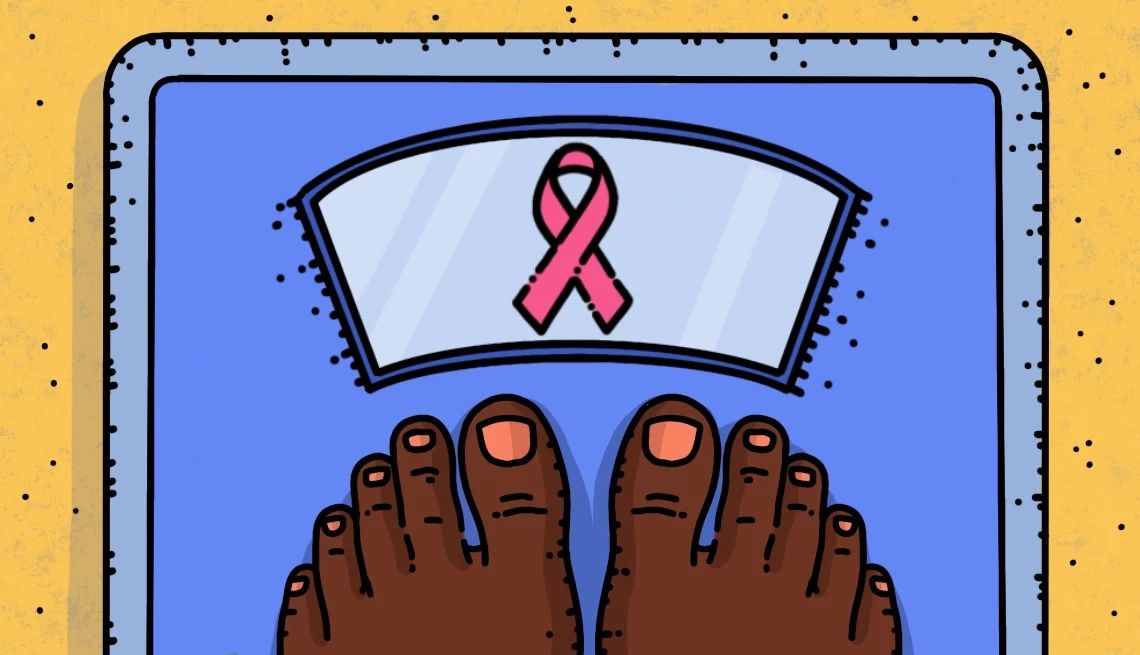





More From AARP
Menopause Drug Eases Hot Flashes, Improves Sleep
Study shows drug lowers frequency and severity of hot flashes while improving sleep and mood
How Women Can Increase Sexual Satisfaction After Menopause
Dr. Maureen Slattery discusses various options that may enhance sexual satisfaction after menopause.My Wife is Going Through Menopause. Help!
A doctor explains the hormonal changes women undergo in menopause